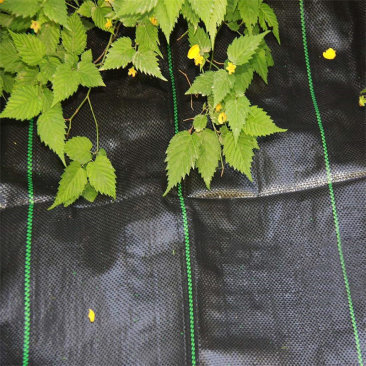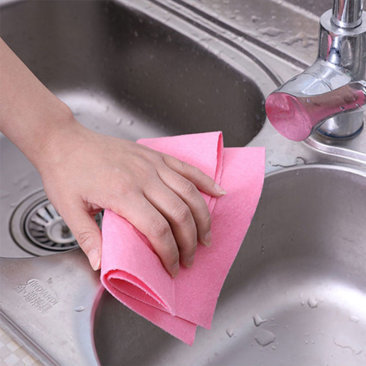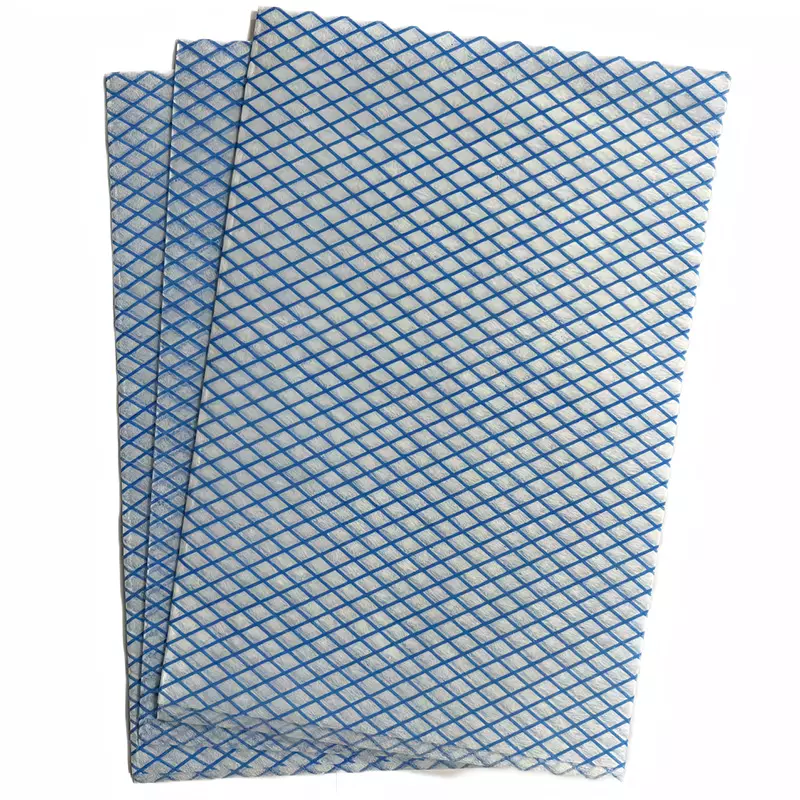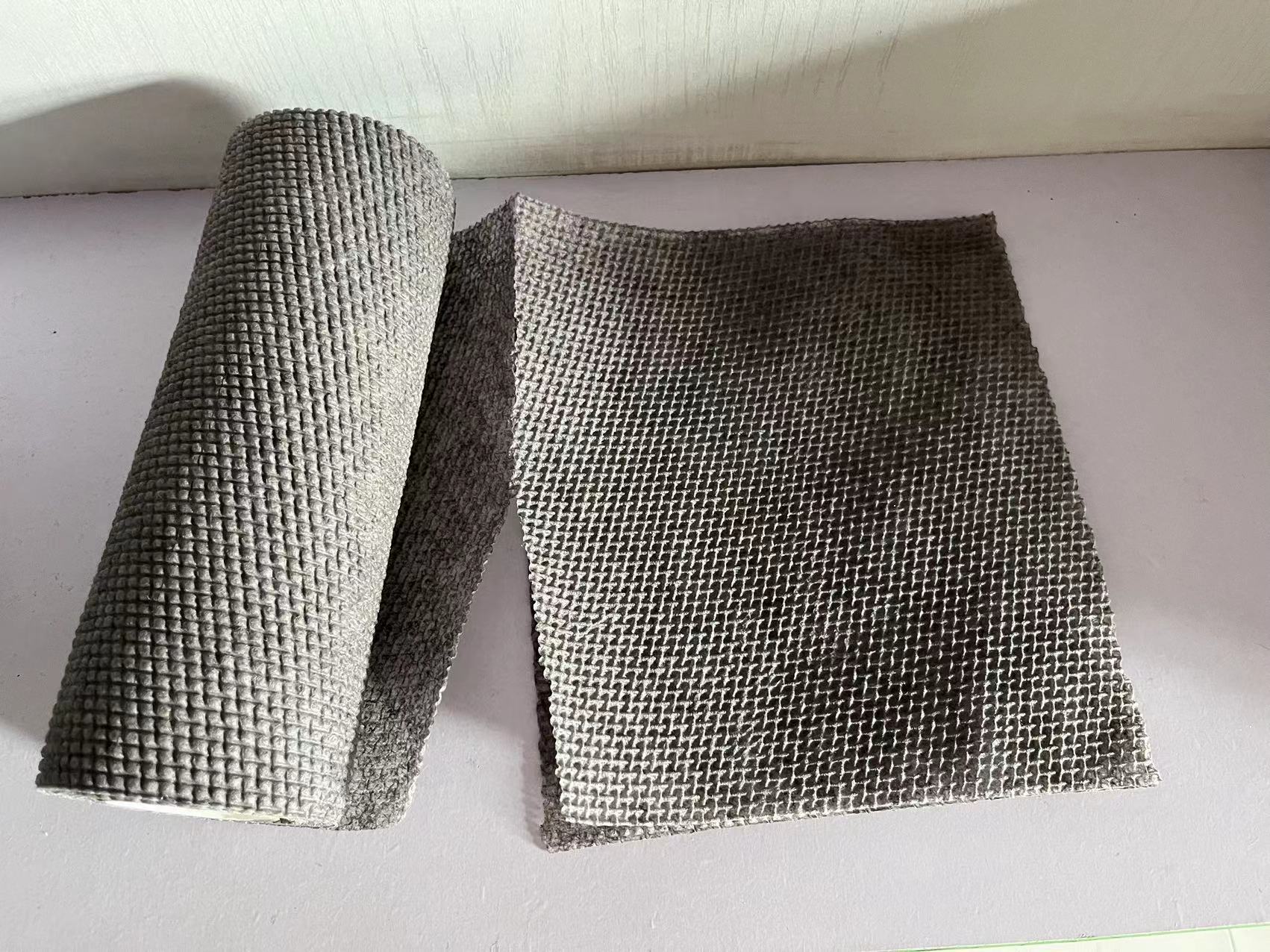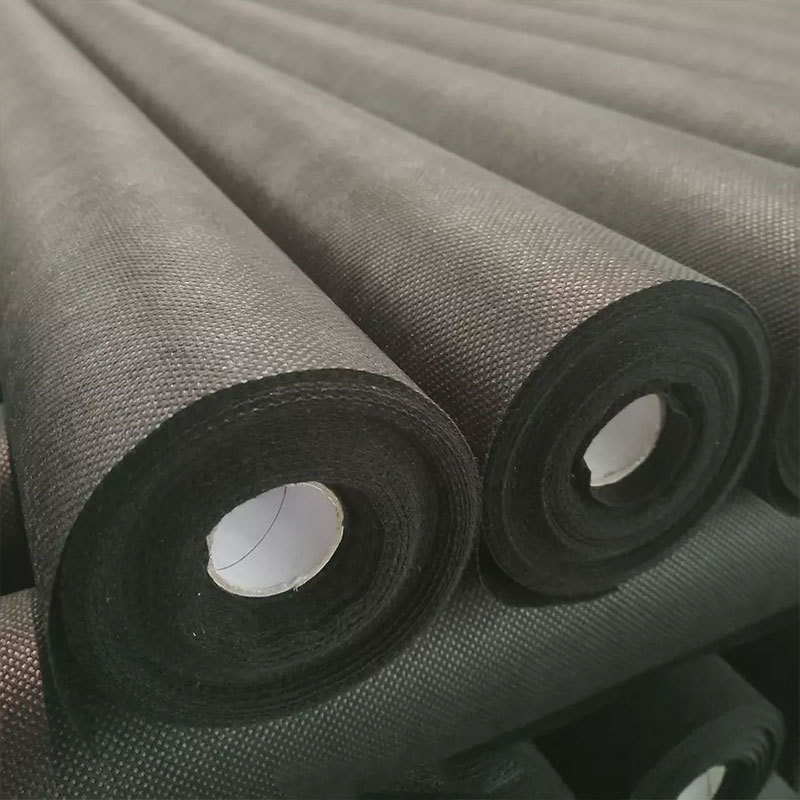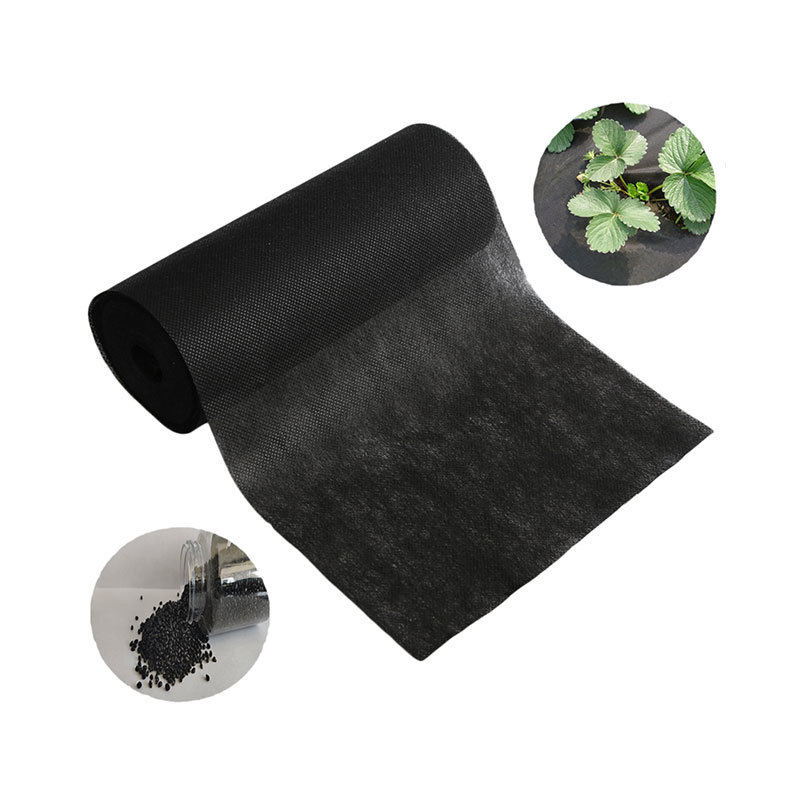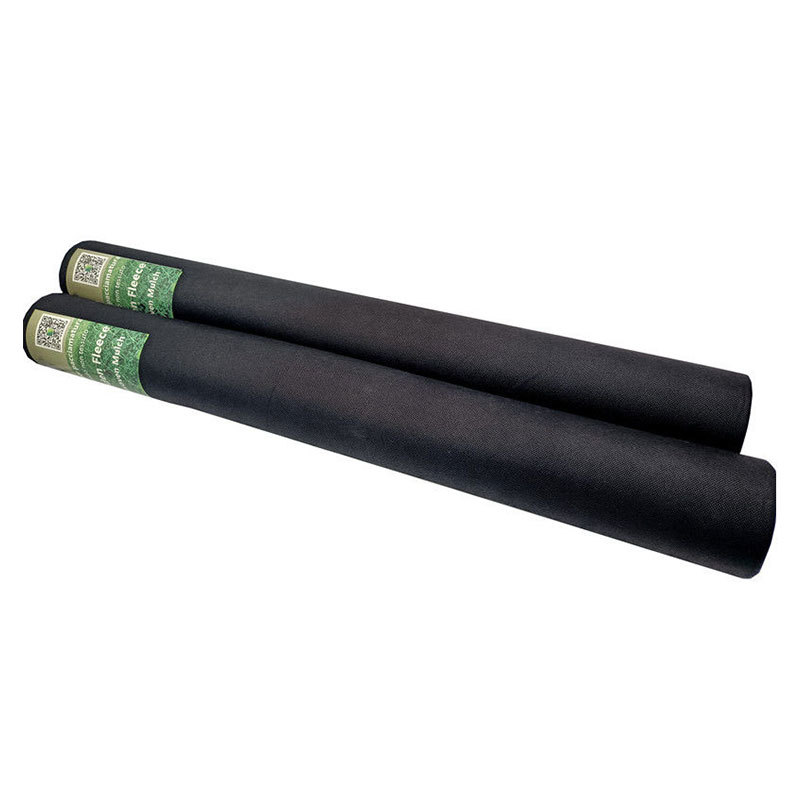18
2025
-
08
Maximizing the Lifespan of Your Woven Ground Cover Fabric: Essential Strategies for Durability
Maximizing the Lifespan of Your Woven Ground Cover Fabric Table of Contents Introduction to Woven Ground Cover Fabric Understanding Woven Ground Cover Fabric Materials Benefits of Using Woven Ground Cover Fabric Best Installation Techniques for Woven Ground Cover Fabric Essential Maintenance Tips for Longevity Environmental Factors Affecting Durability Common Mistakes
Maximizing the Lifespan of Your Woven Ground Cover Fabric
Table of Contents
- Introduction to Woven Ground Cover Fabric
- Understanding Woven Ground Cover Fabric Materials
- Benefits of Using Woven Ground Cover Fabric
- Best Installation Techniques for Woven Ground Cover Fabric
- Essential Maintenance Tips for Longevity
- Environmental Factors Affecting Durability
- Common Mistakes to Avoid
- Frequently Asked Questions
- Conclusion
Introduction to Woven Ground Cover Fabric
Woven ground cover fabric serves as a vital component in landscaping, agriculture, and construction. This robust material provides an effective barrier against weeds, regulates soil temperature, and supports moisture retention. However, to ensure the longevity of your woven ground cover fabric, it’s essential to implement strategies that maximize its lifespan. This article outlines practical steps that can enhance the durability and performance of your ground cover fabric in various applications.
Understanding Woven Ground Cover Fabric Materials
Woven ground cover fabric is constructed from various materials, each influencing its durability and effectiveness. The most common materials include polypropylene and polyester.
The Role of Polypropylene in Ground Cover Fabric
Polypropylene is a synthetic resin known for its strength and resistance to rot and mildew. It is lightweight, making it easy to handle during installation, but its UV resistance can vary depending on the manufacturing process.
Polyester: A Robust Alternative
Polyester ground cover fabric, while generally more expensive, offers superior ultraviolet (UV) stability and can endure harsh environmental conditions. The choice between polypropylene and polyester often depends on specific project requirements and environmental factors.
Benefits of Using Woven Ground Cover Fabric
Utilizing woven ground cover fabric in your projects comes with numerous advantages:
Weed Control and Soil Protection
One of the primary benefits is its ability to suppress weeds. By blocking sunlight, the fabric prevents weed growth, thereby reducing the need for chemical herbicides and labor-intensive weeding.
Moisture Retention
Woven ground cover fabric allows for water permeability while retaining moisture in the soil. This helps maintain the health of plants, particularly in dry conditions.
Soil Erosion Prevention
The fabric acts as a protective layer, reducing soil erosion caused by water runoff. This is particularly beneficial in landscaping and agricultural applications where soil stability is crucial.
Best Installation Techniques for Woven Ground Cover Fabric
Proper installation of woven ground cover fabric is critical for maximizing its lifespan. Here are some best practices:
Site Preparation
Before installing, ensure the area is clear of debris, rocks, and weeds. A well-prepared site enhances the effectiveness of the fabric and increases its longevity.
Correct Placement
Lay the fabric flat without any folds or wrinkles. Overlapping edges by at least six inches is recommended to prevent weed growth between seams.
Securing the Fabric
Use landscape staples or stakes to secure the fabric in place. This prevents shifting due to wind or water movement, ensuring the fabric remains intact over time.
Essential Maintenance Tips for Longevity
To extend the life of your woven ground cover fabric, regular maintenance is key. Here are essential tips to follow:
Regular Inspections
Conduct periodic inspections to identify any signs of damage, such as tears or degradation. Early detection allows for prompt repairs, thus extending the fabric's lifespan.
Cleaning and Debris Removal
Keep the fabric free of debris, leaves, and other organic materials. Accumulation can lead to mold growth and reduced effectiveness. Use a gentle brush or blower for cleaning.
Weed Management
While the fabric suppresses weed growth, some persistent weeds may still penetrate. Regularly check and remove any invasive plants to maintain the integrity of your ground cover.
Environmental Factors Affecting Durability
Several environmental factors can impact the durability of woven ground cover fabric:
UV Exposure
Prolonged exposure to sunlight can degrade some fabrics. Choose UV-stabilized materials to enhance performance in sunny environments.
Moisture Levels
Excessive moisture can lead to mold and mildew growth, while insufficient moisture can cause the fabric to dry out and become brittle. Striking a balance is essential.
Temperature Fluctuations
Extreme temperature changes can affect the structural integrity of the fabric. In areas with significant temperature variations, select high-quality materials designed to withstand these conditions.
Common Mistakes to Avoid
Avoiding common pitfalls can greatly enhance the effectiveness and lifespan of your woven ground cover fabric:
Neglecting Site Preparation
Failing to adequately prepare the site can lead to premature failure of the fabric. Ensure thorough site cleanup and soil leveling.
Using Inappropriate Fasteners
Using insufficient or inappropriate fasteners may result in the fabric shifting or blowing away. Choose durable landscape staples specifically designed for this purpose.
Overlooking Maintenance
Regular maintenance is often neglected, leading to reduced effectiveness. Incorporate maintenance checks into your routine to ensure the fabric performs as intended.
Frequently Asked Questions
1. How long does woven ground cover fabric last?
Woven ground cover fabric can last anywhere from 5 to 20 years, depending on material quality, environmental conditions, and maintenance practices.
2. Can I use woven ground cover fabric under gravel?
Yes, it is commonly used under gravel to prevent weed growth while allowing water drainage.
3. Is woven ground cover fabric biodegradable?
Most woven ground cover fabrics are not biodegradable. However, some eco-friendly options are available that break down over time.
4. How do I know which type of fabric to choose?
Consider your specific needs, such as UV exposure, moisture levels, and the types of plants you are working with to select the appropriate fabric.
5. Can I reuse woven ground cover fabric?
While it can be reused, inspect the fabric for damage before reinstallation. If it shows significant wear, consider replacing it.
Conclusion
Maximizing the lifespan of your woven ground cover fabric is essential for optimizing performance and ensuring sustainable landscaping and construction practices. By understanding the materials, employing effective installation techniques, and maintaining the fabric properly, you can significantly extend its durability. Avoid common mistakes and remain vigilant about environmental factors that may impact the fabric's integrity. With the right strategies in place, your woven ground cover fabric will provide lasting benefits for years to come.
woven ground cover fabric


